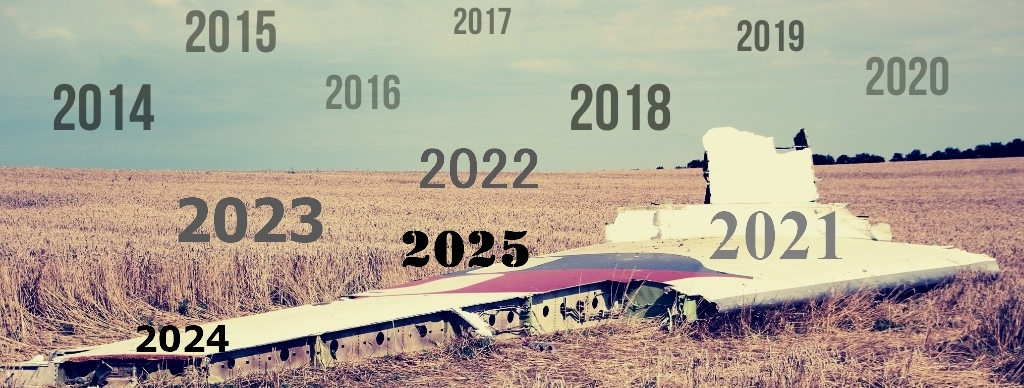27
On the left-hand wingtip upper surface, damage is observed from the front to
the rear. The direction to the damage origin is in the general direction to an area
slightly to the left of the cockpit, (Figure 30). All damage directions lead to the
same general area as indicated in Figure 31.

Figure 30: Damage to left wingtip
































